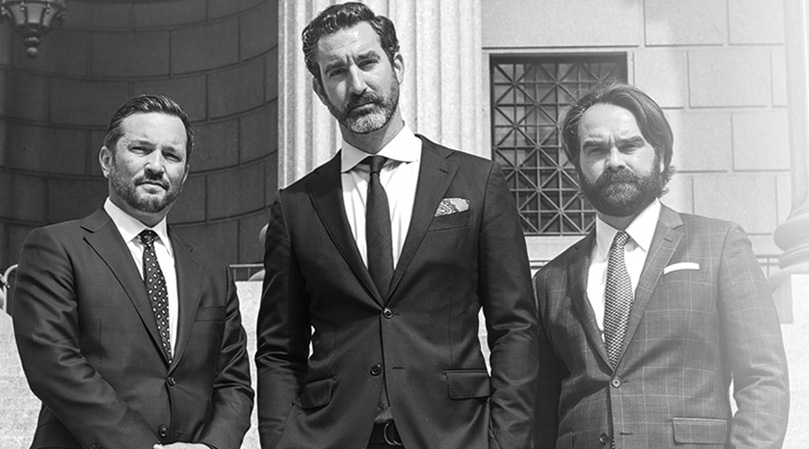Thoughts on Stop and Frisk- Part 1

I was a prosecutor in the Manhattan District Attorney’s Office during the height of the “Stop and Frisk” era. I routinely interviewed police officers shortly after they made arrests that lead from their “stops” of individuals and I have even tried a few of the cases that lead from those arrests. I’ve never publicly said much on the topic. However, now that I am a private lawyer who no longer works with the District Attorney’s Office, I think it’d be fitting to discuss my views on this issue in my first blog post.
First, a short history lesson. The Fourth Amendment to the U.S. Constitution states the following:
“The right of the people to be secure in their persons, houses, papers, and effects, against unreasonable searches and seizures, shall not be violated, and no Warrants shall issue, but upon probable cause, supported by Oath or affirmation, and particularly describing the place to be searched, and the persons or things to be seized.”
The key words in this amendment are “probable cause.” The amendment essentially states that the government is not allowed to search or to seize an individual unless they have probable cause to do so. Probable cause is a scholarly way of saying the police have objective evidence suggesting that it is more likely than not that a person committed a crime. Once the police have met this threshold issue, the police have the right to obtain a warrant to search a person’s property or to even obtain a warrant to arrest that person. In addition, if the police see the individual whom they believe committed a crime in a public area, they can arrest the person without a warrant. Once the person is lawfully placed under arrest, the police then have the legal right to search that person incident to that arrest. This right exists for the safety of the individual officers and it stems from before the United States was even formed.
The question, however, is what happens in situations where the police have a hunch that a person is in the middle of committing a crime, but the information they have doesn’t quite reach the level of probable cause? For example, what happens in a situation where the police see a a group of men “casing” a store by repeatedly looking into it and then conversing with each other in a suspicious way? Suppose this behavior is consistent with the beginning stages of a stick-up robbery. However, just as it is consistent with what could turn out to be a robbery, there are also numerous innocent explanations for this behavior. What are the police supposed to do? On the one hand, the U.S. Constitution gives people the right to avoid being detained without probable cause. On the other hand, no one wants to live in a society in which the police have a hunch that a person is about to commit a crime, but they can’t do anything about it.

Request Your Free Consultation
Fields Marked With An “ * ” Are Required
"*" indicates required fields
The Woolworth Building
233 Broadway
Suite 900
New York, NY 10279

